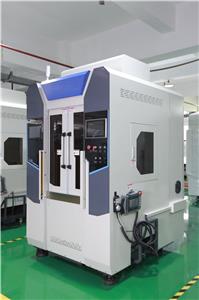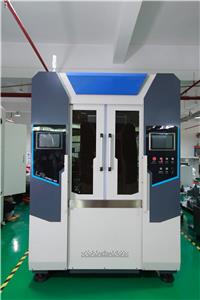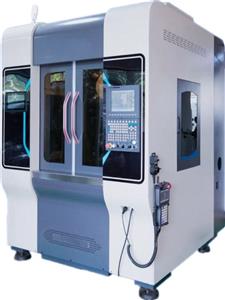- casa
- >
- Notizia
- >
- Renewable Energy
- >
- Why does TOYOTA opened their hybrid vehicle patents now?
Why does TOYOTA opened their hybrid vehicle patents now?
On April 3, 2019, Toyota Motor Corporation held a press conference in Tokyo, claiming that in order to combat global warming, 23,740 hybrid vehicles patents will be opened for free use by other car companies, free of charge until the end of 2030.
This move immediately triggered strong industry attention.
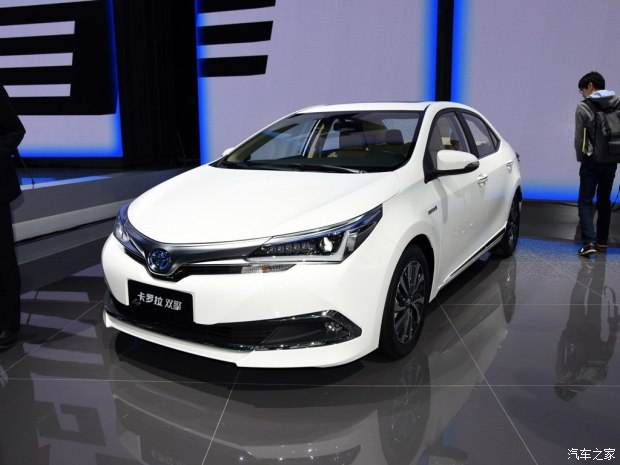
Since its debut in 1997, the cumulative sales of Toyota Hybrids have exceeded 13 million.
Toyota Hybrid technology can make the fuel economy of the car reach 60%. Compared with Toyota's system, the fuel-saving effect of its competitors in China can only reach 40-50%. In addition, Toyota's hybrid powertrain is fully ahead in terms of reliability, ride and quality.
Even more frightening is that in terms of overall cost, the Toyota Hybrid version of the model, the price is almost the same as the fuel car. The reason is that, in the case of the same output power, the displacement of the engine can be made small because of the assistance of two motors.
This is also why, when Toyota announced the above news, it caused widespread concern in the industry.
Some people even suggested that this is a comprehensive offensive launched by the traditional car giant Toyota, in the field of electrification; others believe that this is Toyota's final struggle for the hybrid industry ecology; it is also suggested that Toyota The move is to counter the comprehensive electrification strategy of the Volkswagen Group.

So how should you interpret Toyota’s intentions?
First, not fighting climate change, but saving fuel cars.
The best way to combat climate change is pure electric, including the continuous development of circulating energy. Hybrid, more specific positioning is an efficient fuel-saving technology that can effectively save 60%.
It is well known that both Europe and China have set very stringent emission standards for fuel vehicles. Previously, a new energy car company boss in southern China was an engine expert with decades of work experience. He told the car judge that the existing engine would have to increase the cost by at least 5,000 yuan in order to meet the national six emission standards.
On September 1, 2018, Europe officially implemented the WLTP emission test standard to replace the previously implemented NEDC emission test standard. The substantial increase in test standards has directly caused the European car giants, including Volkswagen, to suspend delivery of thousands of models because they failed to meet the standards.
The Volkswagen Group expects that in order to resell these models, at least €1 billion in additional research and development costs will be required and the cost of bicycles will be increased by €1,000.
In 2018, on October 9, in order to achieve the Paris Climate Agreement, the European Parliament finally reached a compromise after 13 hours of marathon meetings: in 2030, car carbon emissions should be 95 grams in 2021 / The kilometer (almost corresponds to an average fuel consumption of 4L/100km) is reduced by 37.5% and by 205% by 20%.

It is said that the original plan of European environmental lawmakers is that in 2030, the carbon emission reduction target of the automobile industry is 45%. The move was strongly opposed by the powerful German Automobile Industry Association VDA, who hopes to set the target at 30%.
In the end, the goal of achieving a compromise between them was 37.5%.
Interestingly, after the Volkswagen Group's strategy turned to full electrification, VDA's efforts for the fuel-vehicle automotive industry were condemned by Volkswagen Group CEO Des: VDA became the automotive industry's electrification and The stumbling block of the environmental protection industry has hindered the electrification transformation of the German automotive industry.
Many industry elites believe that if they do not rely on hybrid technology, it will be difficult to achieve the level of regulation by relying solely on the optimization of the internal combustion engine and the intake and exhaust system itself.
In this context, Toyota Motor Group has opened up their hybrid technology free of charge, apparently not to fight against climate change, but to help those fuel vehicles to avoid the dilemma of not being able to go on sale because they do not meet emission standards. .
Because for car companies, when the fuel car can not meet the emission standards, the choices can only be:
1. Increase the research and development of engines so that they can meet emission standards as much as possible. The downside is that the cost of fuel vehicles will be higher and higher.
2. Develop other energy-saving technologies, including hybrid power, to enable the vehicle to meet specified emission requirements. This will also increase the price of the relevant models.
3. Abandon the fuel car and turn to a pure electric car.
Any of the above options will face a result: fuel trucks will accelerate their exit from the market due to the decline in cost competitiveness; and electric vehicles will be more quickly spread because of the cost gap between them and fuel vehicles.
Toyota's free opening of hybrid technology to the outside world has the objective result of allowing fuel vehicles to be sold in the market for a longer period of time without increasing costs. At the same time, because more people use Toyota's hybrid technology, the company can expand the sales revenue of the hybrid system; in addition, because of the scale effect, the cost of each component of the Toyota hybrid system will also be reduced. . This also enables the hybrid model to maintain a certain degree of competitiveness in terms of cost.
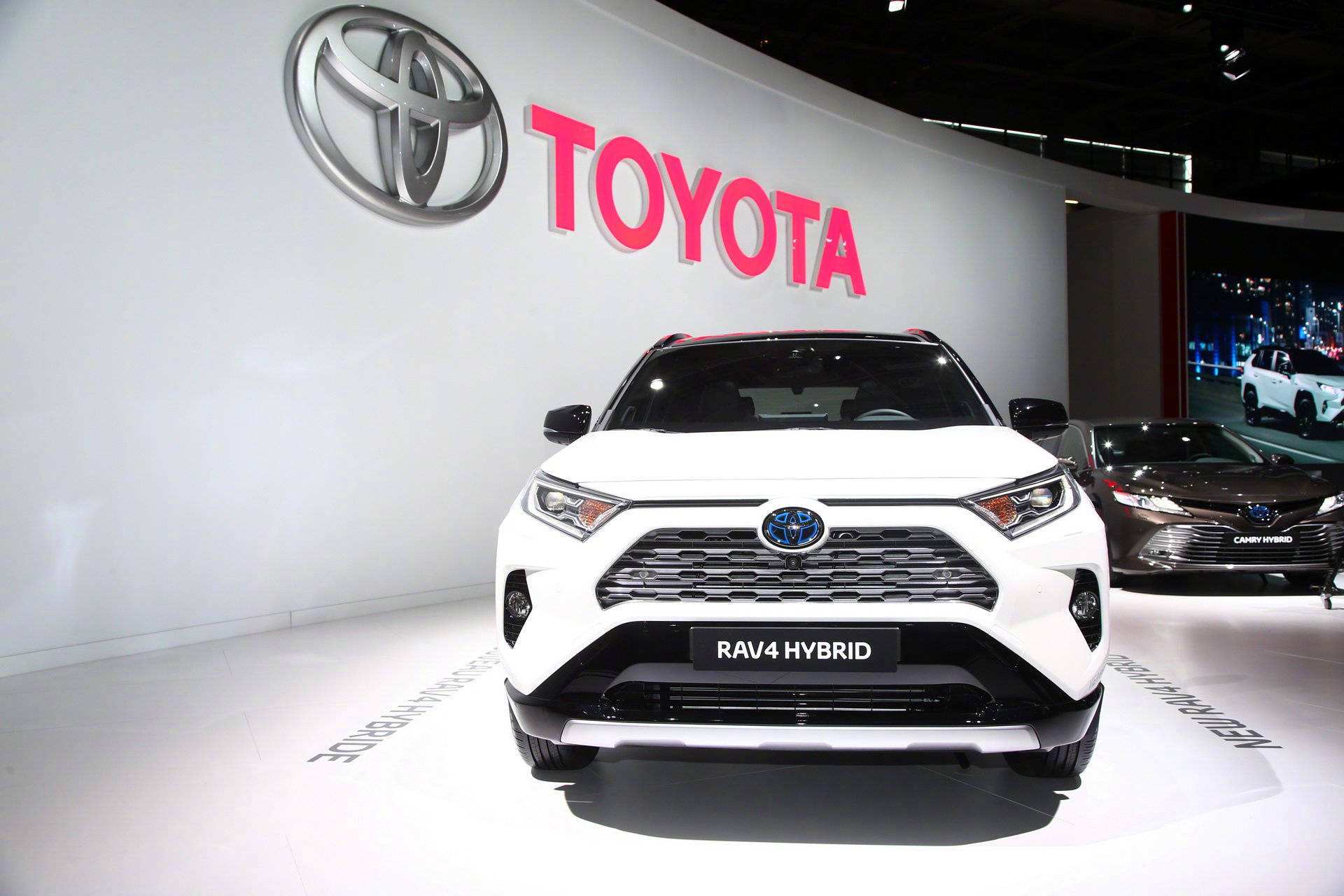
Second, do the final struggle against the electric wave.
Although Toyota announced in an external press release that the move is to promote electrification, in essence, Toyota's "electricization" in the mind is hybrid, hybrid, and hydrogen fuel cells.
In the external release, the scope of Toyota Motor Corporation's free patent license was defined in Hybrid (HEV), Hybrid (PHEV) and Hydrogen Fuel Cell (FCEV), and pure electric power was ruthlessly excluded.
This is a very interesting thing. Responding to the entire Toyota Motor Group, the entanglement and contradiction in the electrification strategy also reflected the elite of the entire Japanese automotive industry. For the next step, the choice of the technical route of new energy vehicles is full of struggle and repetition.
The Toyota Motor's external open source hybrid patent can basically be regarded as the conservative force of the Japanese auto industry, and it will carry out the final and strenuous resistance against the wave of electric vehicles sweeping the whole world.
At the same time, we can also speculate that the progress of research and development of Toyota's pure electric vehicles may not be satisfactory.
As we all know, as early as the 1990s, Toyota Motor developed a future-oriented new energy vehicle technology development route, starting from the fuel car, with hybrid power as the intermediate transition, and finally with hydrogen fuel cells as the ultimate solution.
Toyota's core basis for the above technical route, in view of the physical limits of the energy density of the battery itself, including the price is too expensive, pure electric vehicles are simply impossible to achieve.
Interestingly, even at the end of 2017, when Tesla has already swept the United States, the chairman of Toyota Motor, the father of the Prius, is still propaganda. The traditional car manufacturers make electric cars, even Toyota. It is likely to be profitable. Subsequently, in Q3 and Q4 in 2018, Tesla used two consecutive quarters of profit, violently slammed Neiyama Tianzhuzhi two slaps.
Driven by Toyota, most of the Japanese auto industry companies have chosen this technological evolution route and invested key R&D resources in the development of hybrid and hydrogen fuel cell vehicles.
Because of its first-mover advantage, Japan’s “Shuangtian” has formed a very strong technical accumulation in hybrid and hydrogen fuel cell technology, and has a large patent portfolio, which has formed a counterpart for Europe, the United States, and China. A very big competitive advantage.
The biggest mistake of the Japanese is that the industrial proposition of such a new energy vehicle technology route is not carried out with an idea of creating an ecological concept. More is to think about how to make a fortune. As Toyota sold 13 million hybrid models, there were no car companies outside Japan to follow up on hybrid technology on a large scale. Did not form a good industrial ecology.
At the same time, compared with fuel-fueled vehicles, in addition to fuel-saving vehicles, there is almost no decent differentiation in the driving experience. In addition, hydrogen fuel cells, there is still a long way to go from the real industrialization.
More terrible than this, the pure electric vehicle technology route that was originally sentenced to death by Toyota was "resurrected." Because once the global new energy vehicle technology route has turned to pure electric power, for Toyota and even the entire Japanese automobile industry, their past research and development investment in hybrid and hydrogen fuel cells will be lost. Can not bear the weight.
However, terrible things are happening.
Under the efforts of Tesla, BYD and other car companies, the price of electric vehicle power batteries has been tumbling down, and the energy density has repeatedly broken through the so-called "physical limit."
For example, in 2010, the price of a power battery cell was $1,000 per kWh, and now the price is approaching $130. In terms of energy density, the cell at that time was a good performance than the energy of 100Wh/kg, and now it has reached 300Wh/kg.
The rapid development of power battery technology has made it possible to develop large-scale electric vehicles.
Tesla, the US electric car start-up, opened the gap in the luxury car market. Model S and Model X are widely sought after in the US market.
At the same time, the Chinese government began to push the new energy vehicle industry policy with pure electric vehicles as the core, and promote the rapid development of the industry. By 2018, the annual sales of electric vehicles in China has reached 1.25 million.
Under such a trend, the elite of the entire Japanese automobile industry has fallen into a split.
For example, within Toyota, CEO Akio Toyoda decided to face the reality and promote Toyota's development of pure electric vehicles. However, the company's chairman, Nakayama Takeshi, and the original CTO Kato Kumji, are reluctant to admit defeat and strongly sing the pure electric vehicle technology route.
Under the iron fist of Akio Toyoda, at the end of 2016, Toyota Motor Corporation established the EV Business Planning Department. Toyota Akio personally took charge of this department, and assisted the former CTO Kato Kazuhisa and the current CTO temple teacher Mao Shu. At the same time, Akio Toyoda began cleaning the "hard-core" inside Toyota, and Kato was "retired" the following year.
At the end of 2017, Akio Toyoda made a big deal and joined forces with Mazda, Daihatsu, Suzuki, Hino, Subaru, Denso and other companies to establish a joint venture company called EV.Common Architecture Spirit.Co. Share technological achievements and build a common electric vehicle platform.
Despite this, Akio Toyoda has to admit that Toyota's entry into the electric car is already late.
At the end of 2016, the project was launched. At the end of 2017, the R&D team was completed. Although Toyota is strong and integrates all the resources that can be integrated, in this context, it is necessary to launch a new pure electric drive in 2020. Automotive products are clearly a huge challenge.
Even if new products are launched at that time, I am afraid that the competitiveness will not be too strong.
This is another reason for Japanese automakers to consider using its electric vehicle platform in China's joint venture partner, GAC New Energy. Only in this way can we alleviate the pressure of China's double point policy.
For the entire Japanese automobile industry except Nissan, the later the arrival of the electrification wave is more favorable to them.
This is also why, this time, Toyota can reach a consensus and open up the patent for hybrid technology for free. With the help of Toyota's hybrid technology, they can work with the entire fuel vehicle industry chain to counter the wave of electric vehicles.
In such a huge automobile industry, in addition to Japanese car companies, there are too many companies that are caught off guard by the wave of electrification. On the one hand, they are advancing transformation, and at the same time, they hope to have more time for transformation.
This is the power of Toyota's open hybrid patent.
Third, the wave of electrification is unstoppable.
On March 20, 2019, the three most important car companies in Europe, the CEOs of Volkswagen Group, BMW Group and Daimler-Benz Group, reached a consensus on comprehensive electrification.
They believe that in the face of the harsh Paris Climate Agreement, electrification is the only way out for the European automotive industry. At the same time, they believe that hydrogen fuel cells will not become a reality in the short term.
Under such a background, the two political and business circles in Germany have basically reached a consensus that will promote the entire automobile industry and fully transform into electricization. The government will support the transformation of car companies into electricization on the aspects of fund subsidies, road rights, charging pile construction, and power battery research and development subsidies.
The move means that the world's largest auto market, China, is pushing for electrification; the most powerful auto industry, Germany, is pushing for electrification; at the heart of global technology, there is something like Benchmarking companies like Tesla are constantly breaking the imagination of people's experience with electric vehicles.
In this context, even with the help of hybrid technology, fuel vehicles will continue to exist in the market to a certain extent, while meeting the requirements of emission regulations and not increasing the cost too much. However, this does not prevent the rapid expansion of the electric vehicle industry chain, the cost reduction and the continuous improvement of the user experience.
"Bloomberg New Energy" Finance believes that around 2023, electric vehicles will have the opportunity to surpass fuel vehicles in terms of price/performance ratio; Chen Qingtai, chairman of China Electric Vehicles 100-members, believes that in 2025, electric vehicles can surpass fuel in terms of cost performance. car.
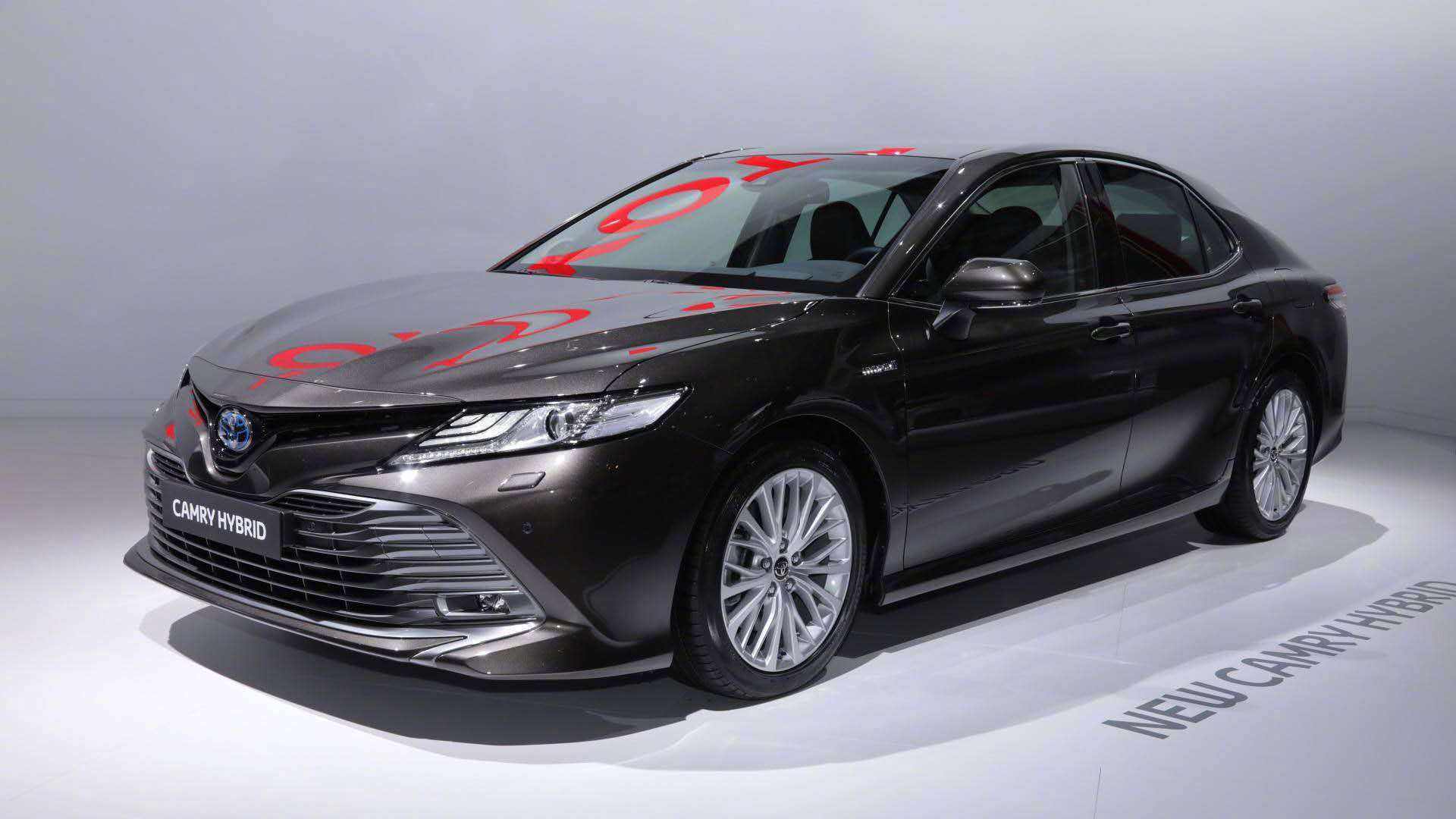
The above predictions are more of a benchmark in the A-class car.
In fact, in the market segment above the C-class car, the electric car has the strength of the fuel car PK in terms of BOM cost, and in the experience, it can easily kill the fuel car.
With the completion and commissioning of the Tesla Shanghai Super Factory, the battle for electric vehicles is spreading to the B-class market without a penny subsidy.
The B-class fuel vehicle market is being attacked by strong competitors like Tesla and BYD, and the situation is in jeopardy.
This is bad news for latecomers like electric cars like Toyota.
Therefore, Toyota's open hybrid technology may help the fuel vehicle to meet the stringent emission standards to a certain extent, but it is unable to withstand the electric vehicle's offensive.
It should be noted that Toyota obviously will not give up electric vehicles. Instead, the company is accelerating the development of electric vehicles and integrating all the resources that can be integrated to speed up the process.
For a "big Mac" like Toyota, there is enough capital to make mistakes, and the speed of catching up is also very fast.
For Toyota, the real challenge is not motorization, because the replacement of the powertrain can be overcome. The real challenge is digitalization, which is the reconstruction of organizational genes and corporate culture, which is very difficult.


